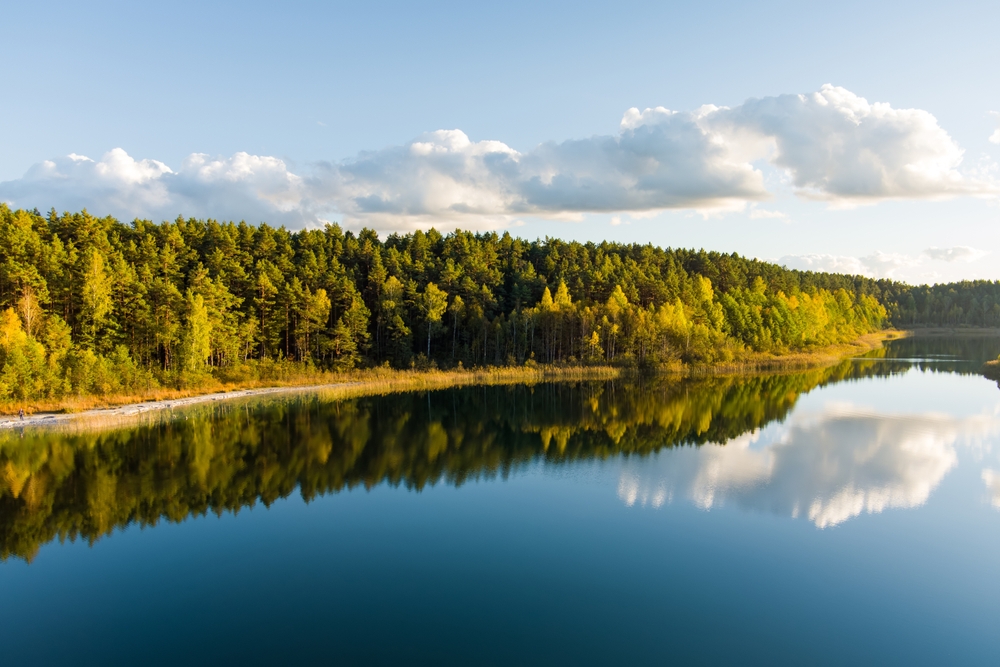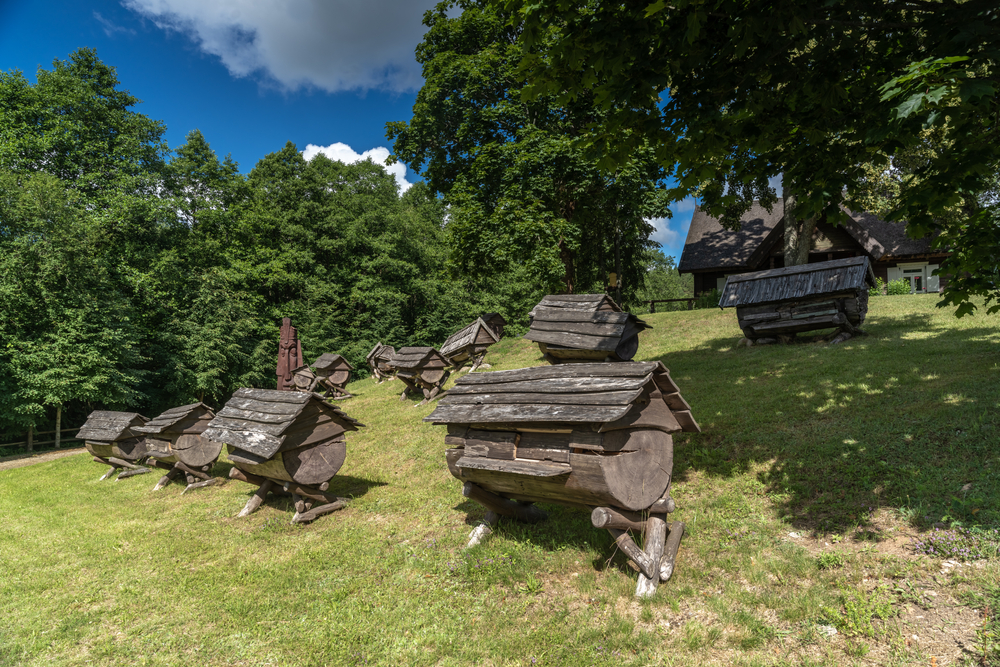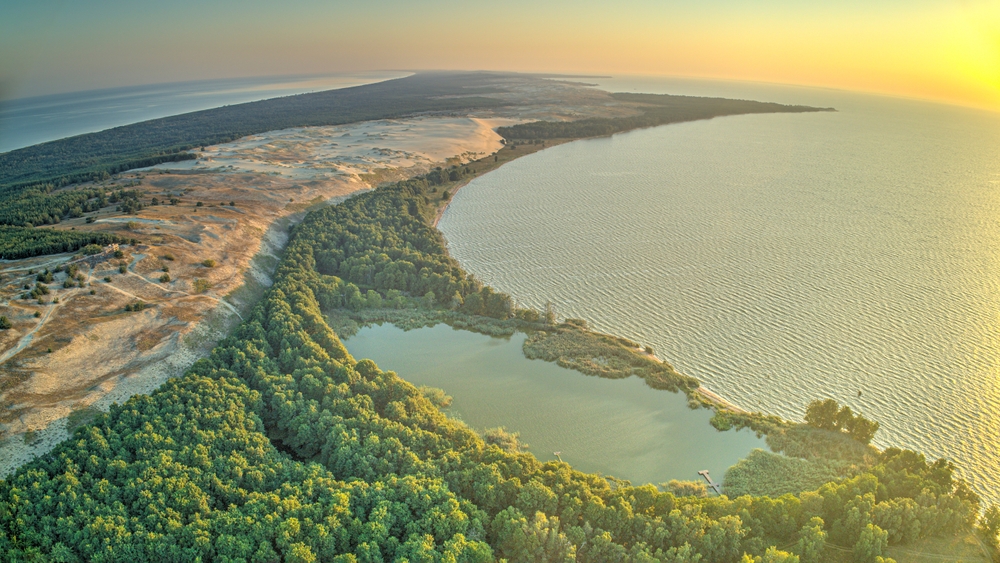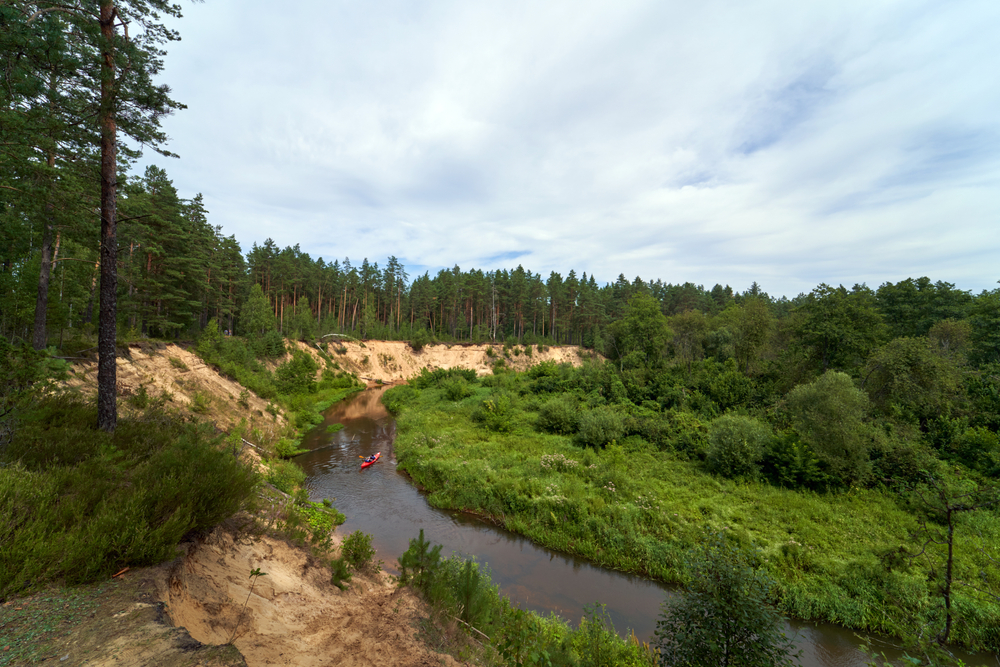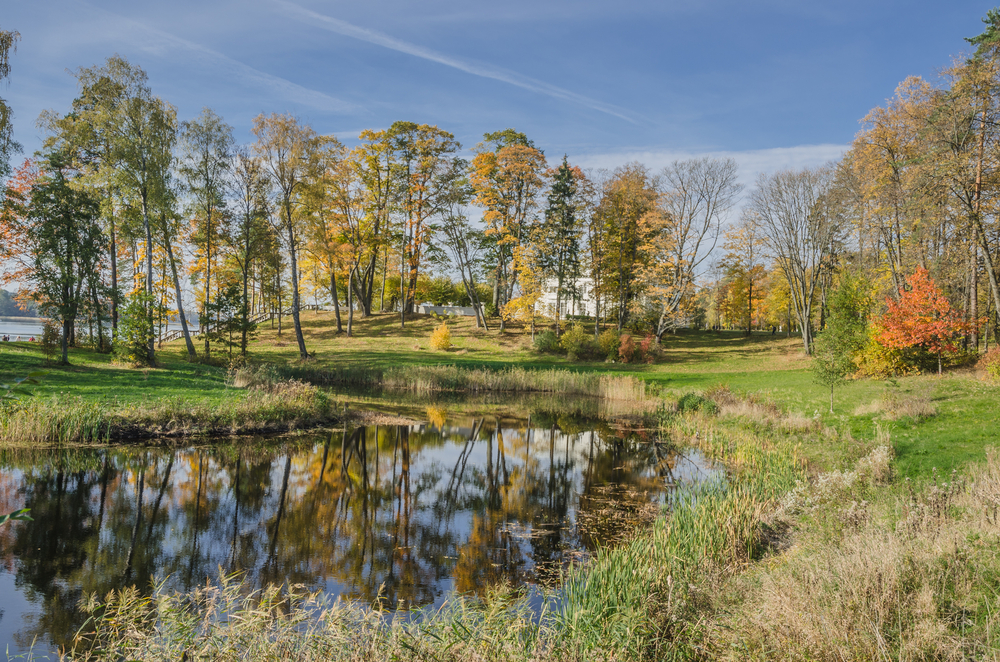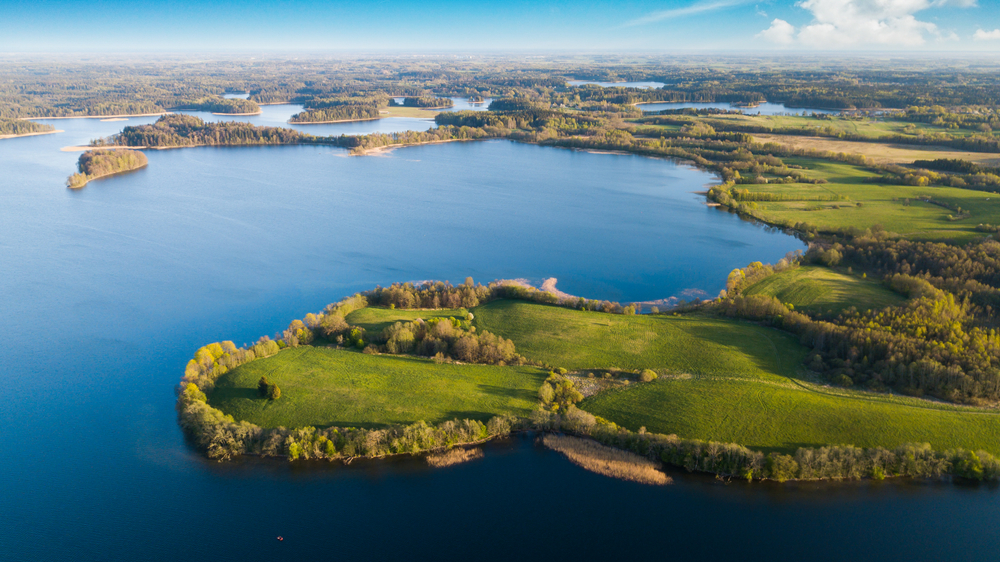Lithuania, a country known for its scenic beauty and diverse landscapes, is home to five national parks. These parks preserve the country’s natural heritage, showcasing a range of ecosystems, from lush forests and serene lakes to unique sand dunes and wetlands. Each park offers visitors the opportunity to explore Lithuania’s rich biodiversity and cultural history through various outdoor activities.
Aukštaitija National Park, established in 1974, is Lithuania’s oldest national park, covering approximately 405 square kilometers in the northeast. The park is renowned for its picturesque landscapes, featuring over 100 lakes, dense pine forests, and rolling hills. It is a haven for wildlife, with species such as elk, wild boar, and numerous birds. Visitors can enjoy hiking and cycling trails, explore traditional wooden villages, and visit ethnographic museums to learn about the region’s cultural heritage.
Žemaitija National Park, located in the northwest, spans about 217 square kilometers and is characterized by its forested hills, wetlands, and the scenic Lake Plateliai. Established in 1991, the park is home to diverse flora and fauna, including rare plants and a variety of bird species. Lake Plateliai is a popular destination for water activities such as swimming, sailing, and fishing. The park also offers hiking and cycling trails, as well as historical sites, including ancient hill forts and a Cold War Museum.
Dzūkija National Park, situated in the south, covers an area of approximately 585 square kilometers. This park is known for its extensive pine forests, rivers, and traditional villages. Established in 1991, Dzūkija National Park preserves the region’s cultural heritage and natural beauty. Visitors can explore the park’s network of hiking and biking trails, enjoy canoeing on the Nemunas River, and experience the local culture through crafts and traditional foods.
Trakai Historical National Park, located near the capital city of Vilnius, covers about 82 square kilometers and is the only historical national park in Lithuania. Established in 1991, it is famous for its medieval Trakai Island Castle, situated on Lake Galvė. The park’s picturesque lakes and forests provide a stunning backdrop for outdoor activities such as boating, hiking, and birdwatching. Visitors can explore the historic sites and learn about Lithuania’s rich history and cultural heritage.
Kuršių Nerija National Park, part of the Curonian Spit, stretches along the Baltic Sea coast and covers around 274 square kilometers. This unique park, established in 1991, is characterized by its striking sand dunes, pine forests, and coastal ecosystems. It is a UNESCO World Heritage site, known for its diverse wildlife and unique landscapes. Visitors can enjoy hiking and cycling trails, explore traditional fishing villages, and learn about the region’s natural and cultural history at local museums.
Lithuania’s national parks are vital for preserving the country’s natural beauty and cultural heritage. They offer diverse recreational opportunities and invite visitors to experience the stunning landscapes and ecological richness that make Lithuania a captivating destination for nature and history enthusiasts.








































































